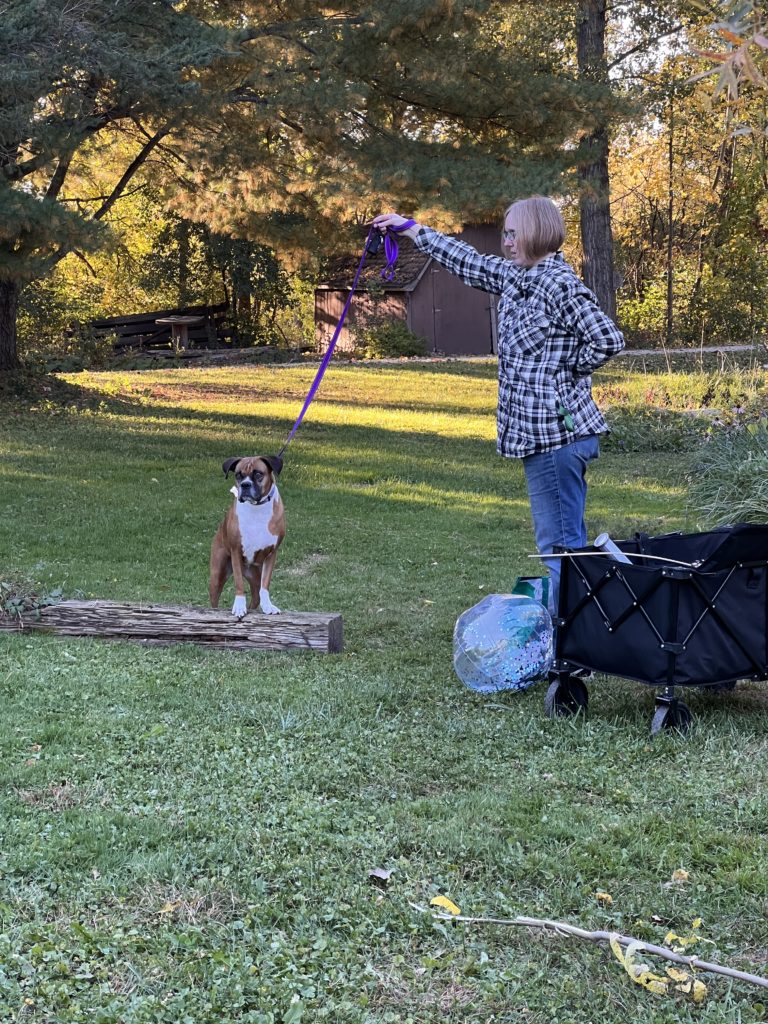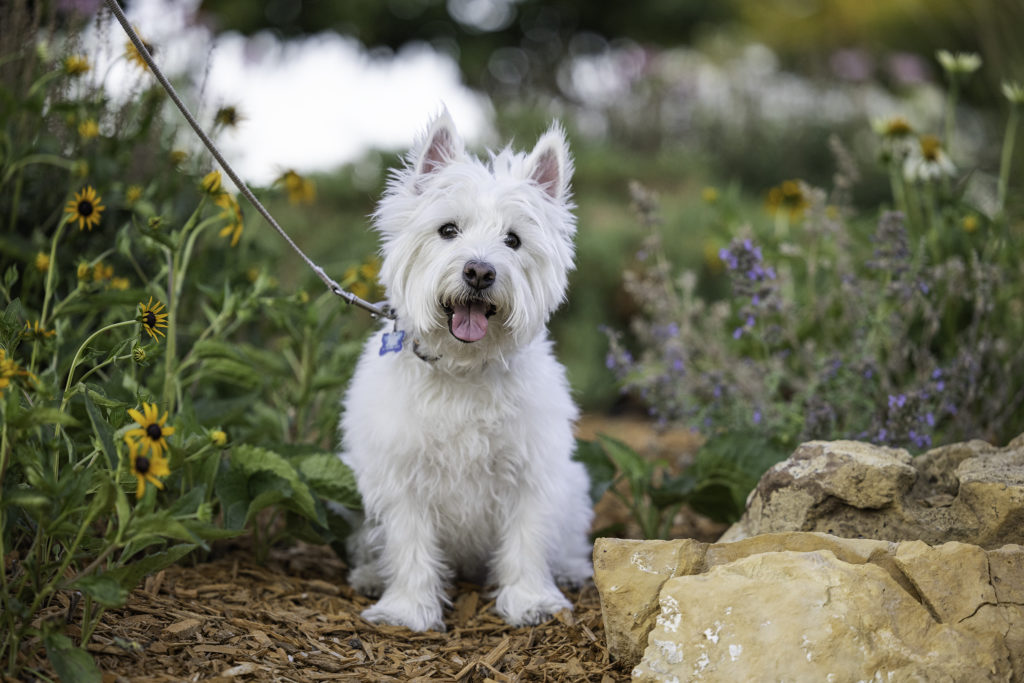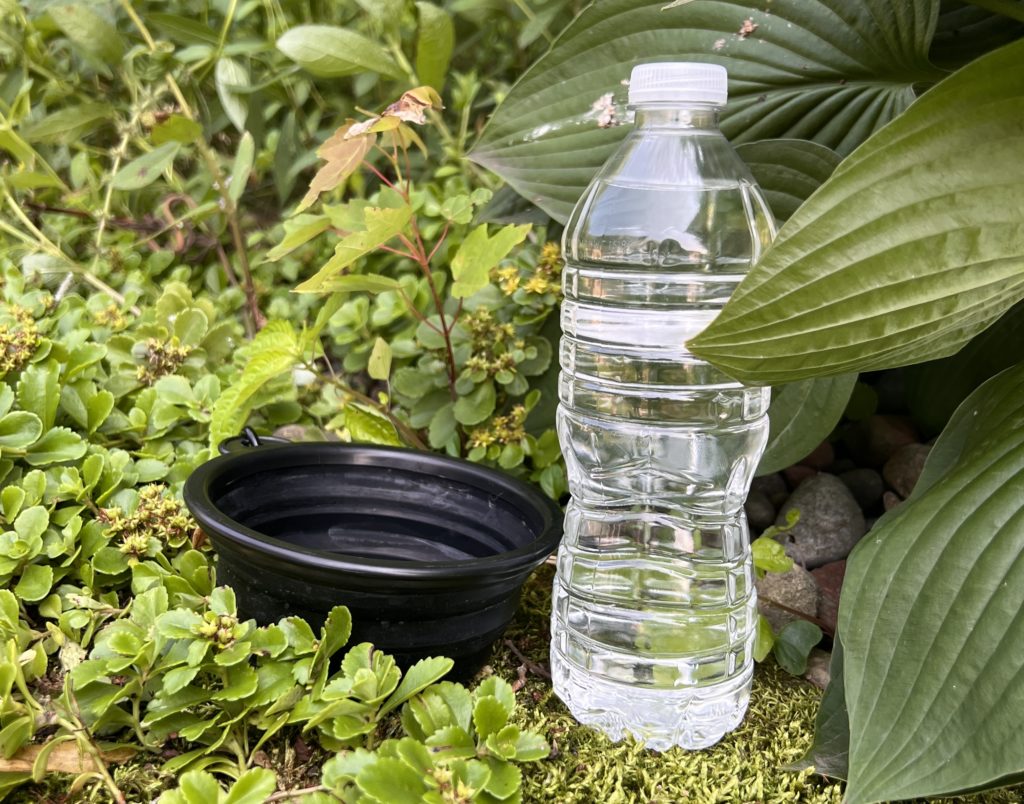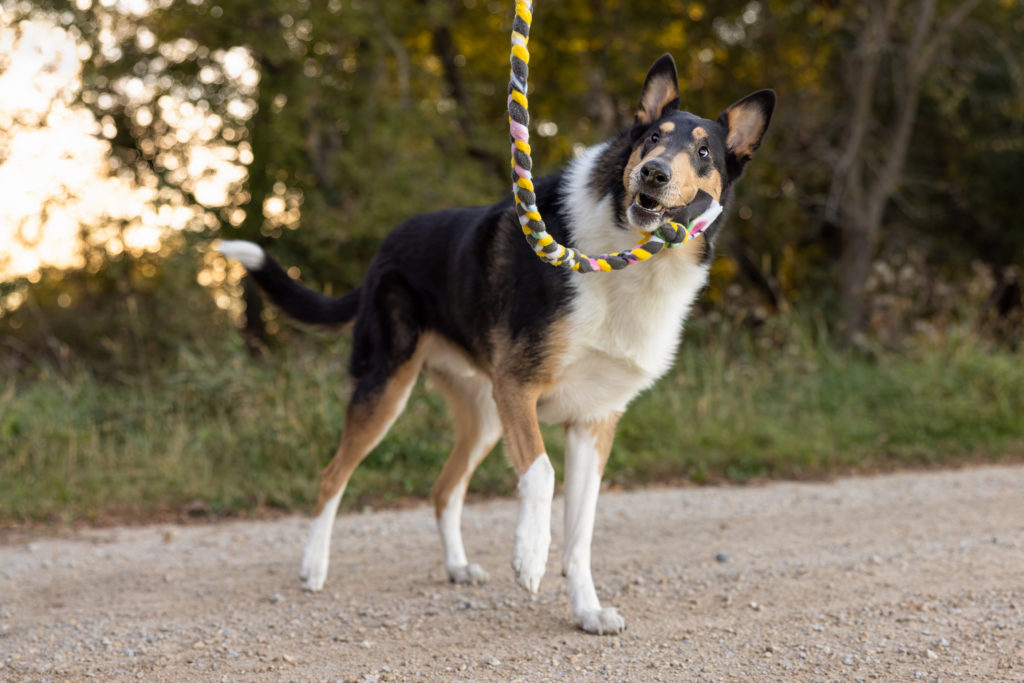There are many pieces and parts to a photography experience for your dog. First and foremost, is your dog’s comfort level and safety. Most dogs come to my 70 acre property (also at the end of a dead-end) where it’s free of cars, city noises, other dogs & people. Not dealing with those elements makes for a much better experience.
We take time to acclimate to the surroundings, sights & smells before we begin the photos. At that time I’ll go over some things that will be helpful for a smooth, stress-free session. Below are 8 of those.
The well-being of your dog is the top priority in a photography experience. To ensure their comfort and safety, the photo session takes place on my 70-acre property, located at the end of a dead-end road. This secluded location is free from cars, city noise, and other dogs and people, which allows for a more relaxed and enjoyable experience for your dog.
Before the photo session begins, we will take the time for your dog to become familiar with the environment, sights, and smells. During this acclimation period, I will also provide helpful tips for a smooth and stress-free session. Here are 8 such tips to consider:
1. ZEN! The first and most important tip for a successful dog photography session is to maintain a zen-like attitude. I will not rush or force any interactions with your dog until they are ready. Before the session, I will send you a planning form to gather information about your dog’s preferences and behavior. I am equipped with a long lens, which allows me to capture beautiful photos without disturbing dogs who prefer to keep their distance. I also understand that some dogs may not be comfortable with being touched on the head or ears, or may prefer when people are at ground level, which is where I will often be positioned during the session. My approach is always calm and I will respect your dog’s boundaries and let them guide the session.
2. NOISES: Another important tip to keep in mind is that during the session, I may make strange noises or use various noise makers to capture your dog’s attention. I am willing to do whatever it takes to get the perfect shot, and my collection of noise makers ensures that the sound remains interesting for your dog and doesn’t get boring.

3. TREATS & BALLS! Treats and toys can also be useful during the photo session. If your dog is motivated by treats, we can use them as a reward for good behavior or to capture their attention for certain shots. For example, holding a treat just above the lens can help create an adorable “puppy dog eyes” shot. Similarly, using a ball or toy held close to the lens can also help to keep your dog’s attention. I may ask for your assistance in holding the treat or toy while I focus on keeping the camera steady.


4. GETTING USED TO THE EQUIPMENT: Another tip is to help your dog get accustomed to the equipment. Depending on your dog’s comfort level with my camera, I may hold it up and immediately give them a treat as a reward. This will be repeated a few times to help them associate the camera with positive experiences. This is particularly important in a studio setting, where the lights may make unexpected flashes or pops, which can be unsettling for some dogs.

5. GET LOW and sometimes very close— To capture the best angles and perspectives, I will often position myself as low as possible and sometimes get close to your dog. This can include laying down on the ground or getting up close for certain shots, like the “puppy dog eyes” shot. The distance between me and your dog will vary depending on the lens I am using.


6. THE LEASH TRICK: During the session, I may use a leash trick to capture your dog in a natural and relaxed way. Most of the dogs I photograph are on a leash, but I will edit out the leash in post-processing. This can be done by having you and your dog on leash in the frame and then asking you and your dog to move out of the frame. Then I will take another picture of just the background. In post-processing, I will merge the two images together, so the final picture will be of your dog in its natural environment without the leash or person in the frame.






7. ACTION SHOTS: I love capturing action shots of dogs, but safety is always the top priority. If you’re not confident in your dog’s recall, I have a long leash (50 feet) that can be used for added safety. The long leash allows for more freedom of movement for your dog and makes it easy for you to keep control of the situation and stay out of the frame. This is especially useful for capturing moments such as your dog jumping over a log or running around.


Millie’s enjoying a safe run while her human holds onto the super long leash.
8. BREAKS: Lastly, it’s important to remember that during the session, there will be breaks for water, potty, play, and rest. The session is tailored to your dog’s behavior and comfort, and there is no pressure to push through anything. It’s crucial that your dog is comfortable and happy during the session, so we will work at their pace and take breaks as needed.



In summary, these are the top 8 things to expect during a dog photography session, but it’s important to note that every session is customized to the individual dog and their owner. We will have a conversation before the session to discuss what is important for your dog and what will make for a successful and enjoyable experience for everyone involved, especially your furry companion.